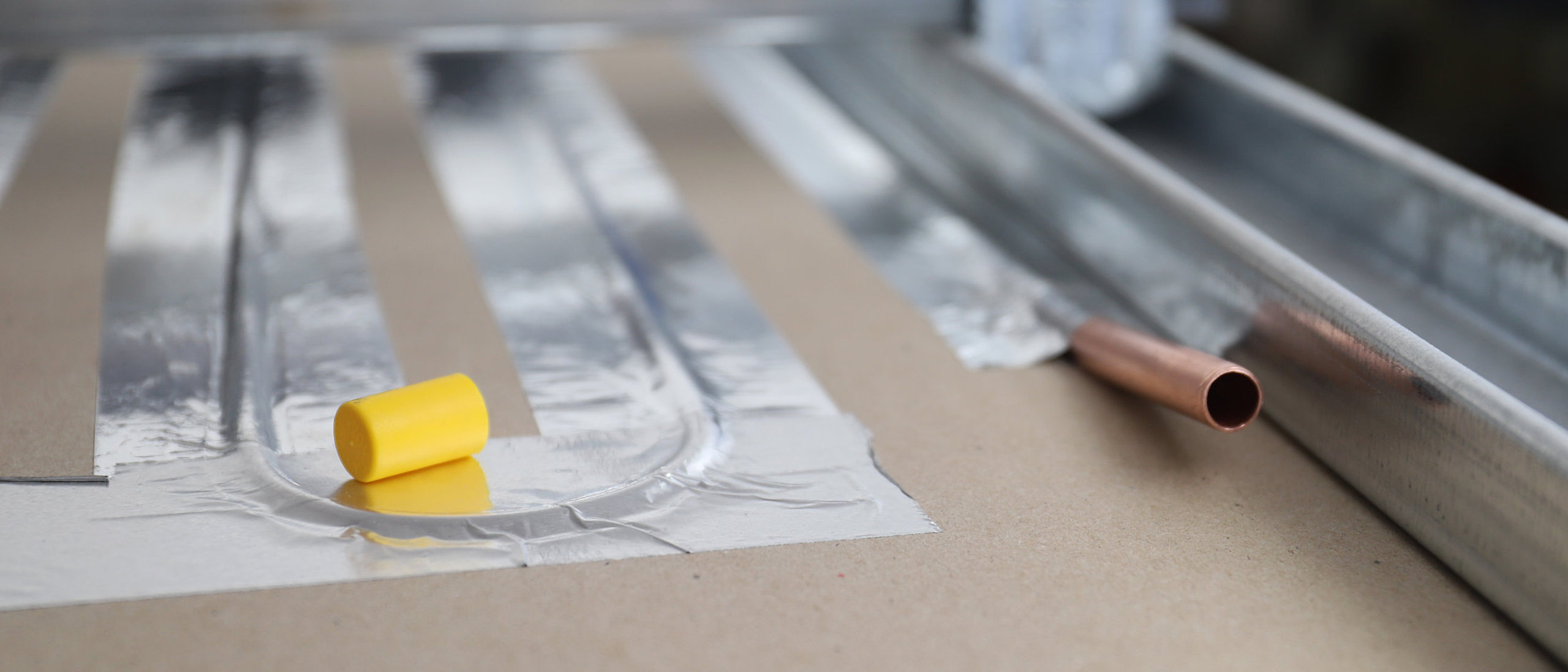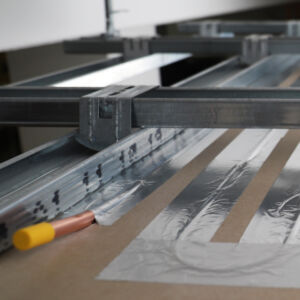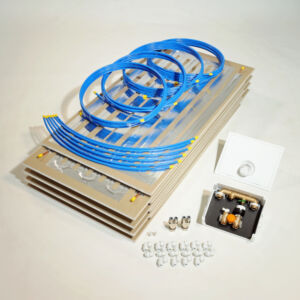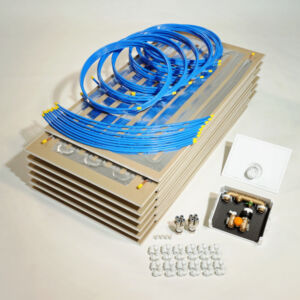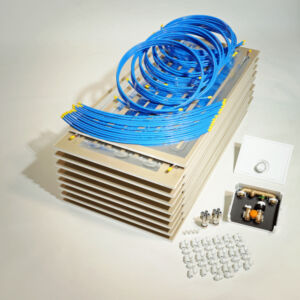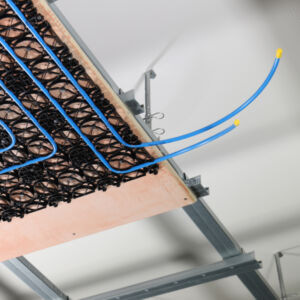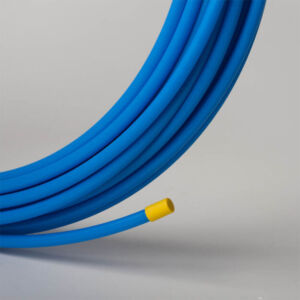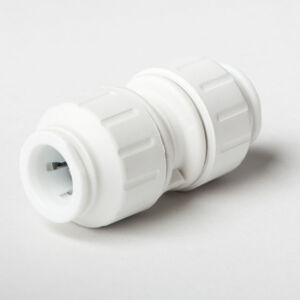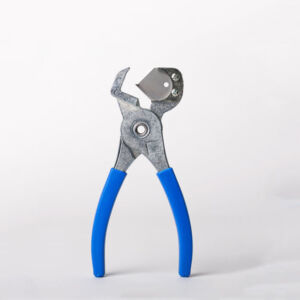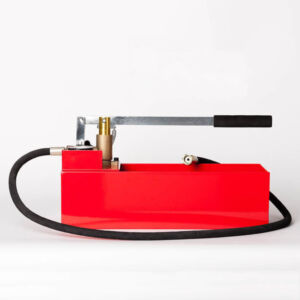Drywall Ceiling with Copper Pipe
Ceiling heating with top performance. Also with the cooling function
The FLEXIRO ceiling heating with integrated copper pipe achieves up to 40% better heating performance compared to the standard version. This is made possible by 1 metre of additional pipe per drywall panel and the good thermal conductivity of copper. Depending on the condition and insulation, this means that rooms that are significantly larger than the set sizes can also be heated. If you are unsure whether the heating output of the drywall variant with PE-RT heating pipe is sufficient, then the copper pipe set is the right choice.
The features of the FLEXIRO systems also apply to water-bearing ceiling heating with copper pipe. Easy connection to conventional high-temperature heating systems with RTL control boxes. Low-tool installation with plug-in connections. Prefabricated plasterboard panels in standard sizes. Operation as ceiling cooling possible. The cooling capacity is also significantly higher compared to the polyethylene version. Several copper pipe systems can be combined and connected with control boxes for the thermal management of large rooms. Connection to heating circuit distributors is also possible. Please contact us to enquire about set prices without control boxes.
forum
Yes, it is possible to use the ceiling heating kit for cooling in summer. Sufficient cool water supply is required though. Further details can be found at: How to use a ceiling heating as cooling ceiling.
If there is an unheated room above the ceiling activated with FLEXIRO and the old ceiling has no thermal insulation or the heat transfer coefficient of the ceiling is unknown, we recommend adding an additional insulation layer. In any case, thermal insulation above the ceiling heating will shorten the reaction time of the heating.
The substructure for the ceiling heating should comply with the dry construction guidelines for suspended ceilings. When using CD profiles and direct hangers, a suspension height of approx. 5 cm can already be sufficient. A small distance to the raw ceiling is also required for the installation of the FLEXIRO connection pipes and plug connections. The dry construction guidelines also permit the use of wooden beams as a substructure for the plasterboard. However, their stability and torsional stiffness is usually less good compared to CD profiles made of metal.
FLEXIRO meets the Trusted Shops quality criteria
- Certified since 2013
- 30 days buyer protection through Trusted Shops
- More than 250 positive reviews

How to turn a FLEXIRO ceiling heating system into a cooling ceiling in the summer trending_flat 4 Possible solutions
- What water cooling options can be considered?
- What cooling capacity can be expected?
- How can the chilled ceiling be controlled?
We provide answers to the most important questions when retrofitting a cooling ceiling.
